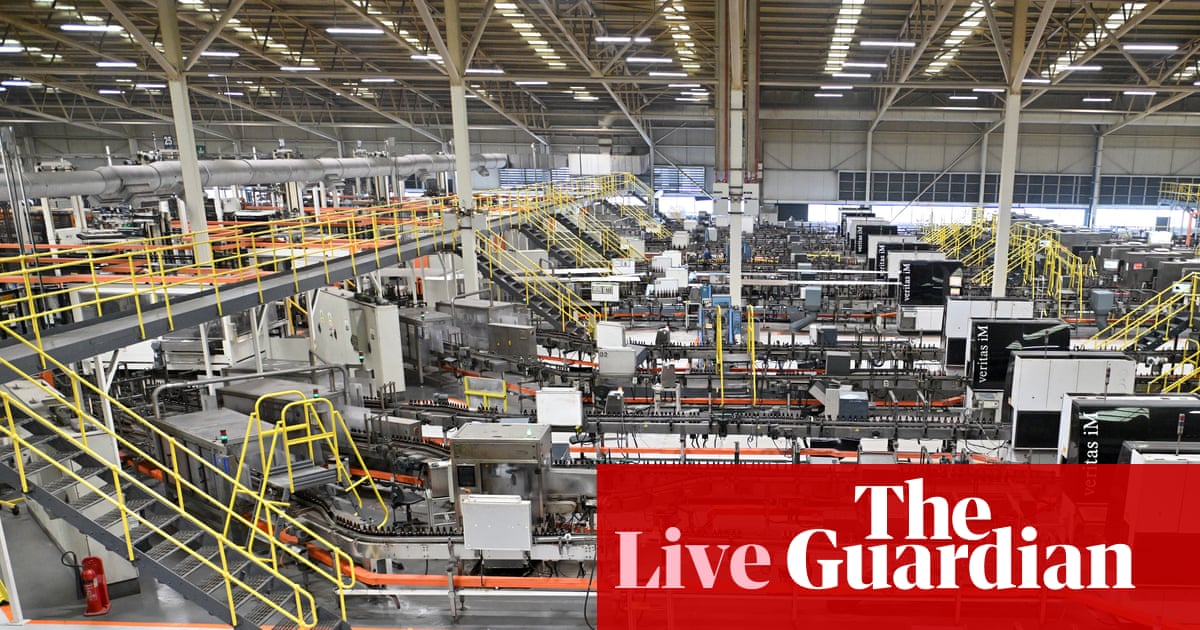Not so busy work – UK manufacturing takes a hit
- Chris Godfrey
- Oct 23
- 2 min read
Updated: Nov 14

The latest data from the CBI shows that UK manufacturers have suffered their steepest drop in orders since 2020, signalling that industrial demand is cooling fast. For marketers and brand leaders, this is more than a manufacturing story, it’s a wake-up call about brand resilience in turbulent times.

What brand resilience means
Brand resilience is the ability of a brand to maintain relevance, trust, and mental availability despite economic, operational, or reputational shocks. It’s what allowed firms like Unilever, Rolls-Royce, and Dyson to maintain consumer confidence through the pandemic and post-Brexit uncertainty. According to Kantar’s BrandZ 2024 report, strong brands recovered market value nine times faster after the 2020 downturn than weaker ones. In other words, brand strength is a major shock absorber.
Why manufacturing slumps test brands
When order books shrink, businesses often make deep cuts to marketing budgets. Yet research consistently shows this is a costly mistake. An IPA study found that brands maintaining ad spend during downturns achieve 3× higher market share growth when recovery begins.
For manufacturing-linked firms, from B2B suppliers to consumer brands, a slump can trigger delayed product launches, reduced stock availability, and nervous customers. Without steady brand communication, these short-term supply issues can quickly erode long-term trust.
Building brand resilience: Four key moves:
1. Prioritise long-term brand building over short-term panic - While cutting performance marketing might seem tempting, maintaining consistent brand messaging keeps you top-of-mind. The most effective balance in uncertain times is around 60% brand investment, 40% activation.
2. Communicate stability and value - In downturns, reassurance is a differentiator. Marketing should highlight dependability, service continuity, and product quality, not over-promise or push discounts. Use storytelling to show how your business supports customers even in tighter conditions.
3. Leverage owned and earned media - When budgets are constrained, maximise lower-cost channels: Thought-leadership blogs, social content, webinars, and PR. Sharing expert insights, for instance, how your manufacturing process is adapting to sustainability or supply challenges, builds credibility and organic reach.
4. Invest in data and customer intelligence - Understanding evolving customer needs is key. Use CRM, social listening, and analytics to detect sentiment shifts early on. Firms that tailor their communications quickly can outperform slower competitors.
Case in point: Brand strength as insurance
During the 2020–21 pandemic, Jaguar Land Rover faced production halts but kept communicating its innovation and sustainability roadmap. That steady brand narrative helped the company rebound with strong EV positioning in later years — a textbook example of brand resilience paying dividends.
Final word
A fall in manufacturing orders may trigger a business slowdown, but it needn’t become a brand crisis. Resilient brands plan for turbulence, communicate confidently, and keep their long-term promise intact.
For UK manufacturers and marketers alike, the question isn’t how deep the downturn goes — it’s how strong your brand will be when the recovery begins.
Contact us to learn more about this topic.



Comments